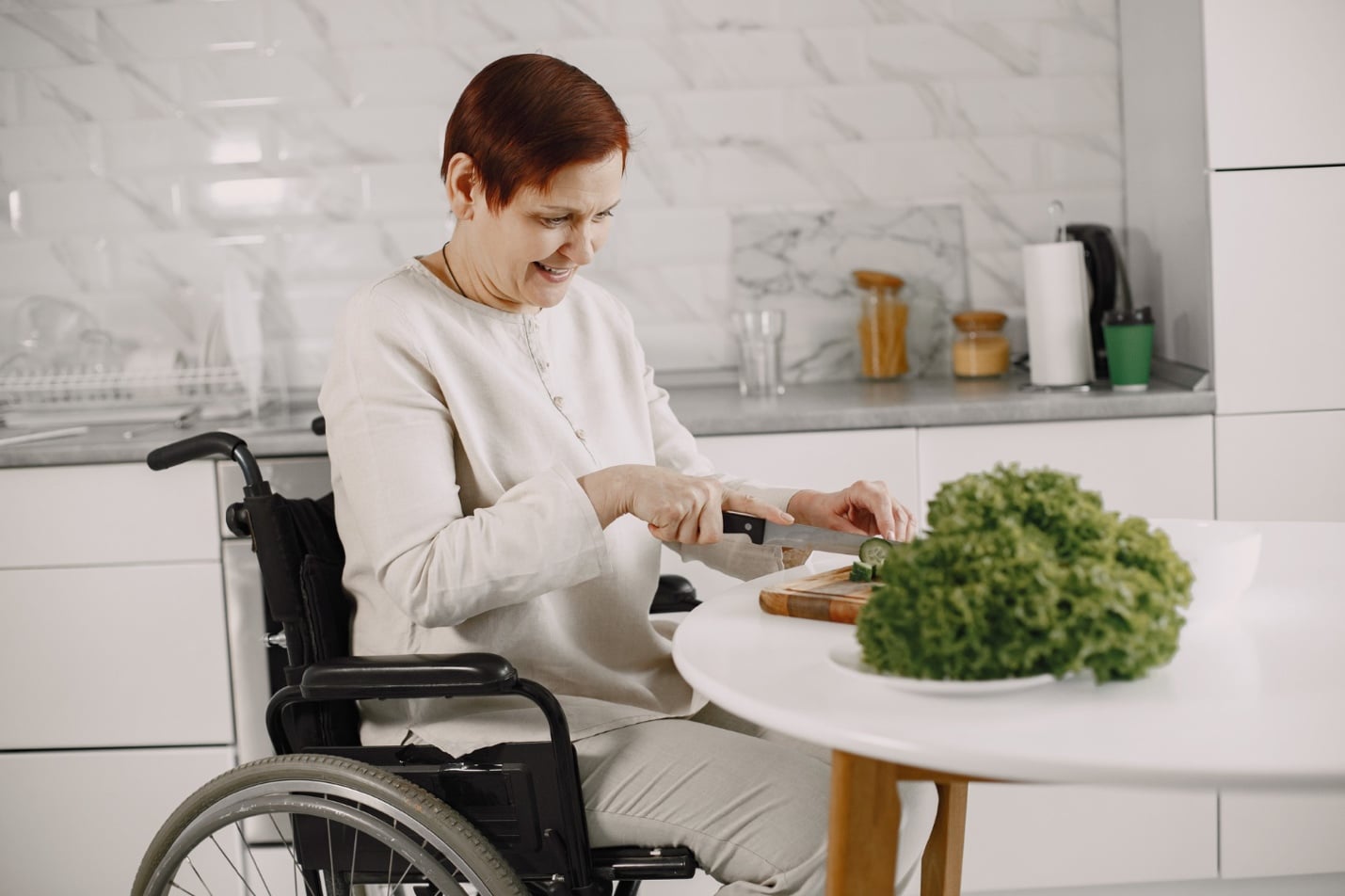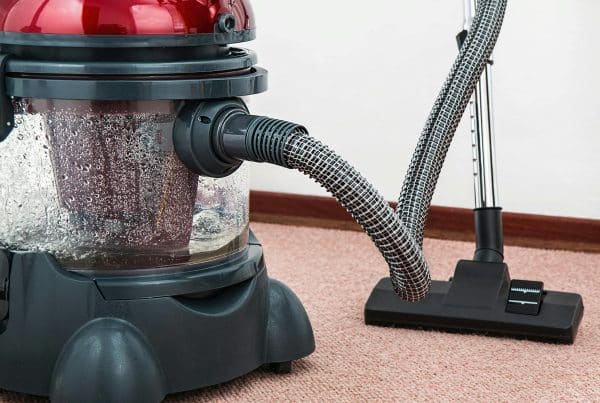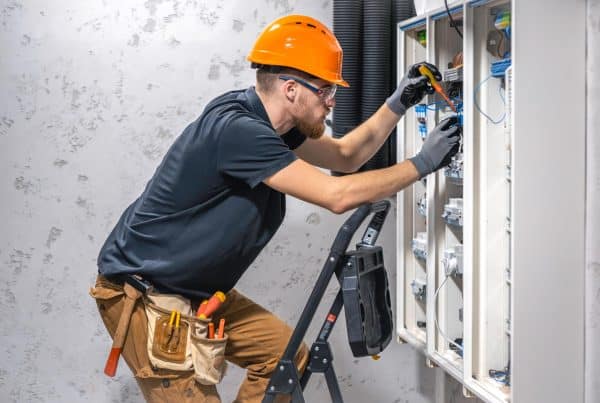Aging in place is often preferred for seniors who want to maintain control over their daily lives and avoid the emotional stress of relocating to an unfamiliar environment.
A study found that most people over 50 prefer to live in their current homes as long as possible, but many of them haven’t made plans to age in place. The study referred to a poll which revealed that “only 15% said they’ve given a lot of consideration to how their home may need to be modified as they age, while 47% have given it little or no thought.”
Everyone’s needs change with age, so modifying the living environment to continue living in space safely and comfortably is essential. If your loved one is starting to age, improving your home to create an environment that allows them to navigate the area safely and independently can be helpful. Consider taking the following tips to modify your home and offer your loved ones the ideal home to age in place.
Assess Your Loved One’s Needs
The first step in improving your loved one’s home for aging in place is to assess their specific needs. Conduct a thorough evaluation of their physical abilities, mobility challenges, and any medical conditions they may have.
Engage them in the process and encourage open communication about their preferences and concerns. Consult with their healthcare provider, occupational therapist, or geriatric specialist to gain insights into the necessary modifications.
Once you assess your loved one’s needs, it will be easier for you to create a renovation plan and purchase products accordingly. Lack of preparation can defeat the purpose and lead to a home that doesn’t fully accommodate your loved one’s unique needs.
Eliminate Hazards
One of the most crucial aspects of creating a safe environment is removing potential hazards that could lead to accidents. Unfortunately, several risks inside a home could result in significant injuries. In fact, fall injuries in adults associated with rugs and carpets are common.
An analysis of surveillance data of injuries treated in hospital emergency departments between 2001 to 2008 found that over 54% of adults aged 65 or older were treated for falls associated with carpets and over 45% with rugs. Although these are old statistics, these hazards continue to be overlooked.
The good news is eliminating these hazards is typically a simple task and mainly involves cleaning up the space and creating clear pathways. Begin by decluttering the living space to reduce tripping hazards. Secure loose rugs and carpets with non-slip pads, and ensure walkways are well-lit. Install handrails along staircases and hallways to provide additional support, especially if your loved one has difficulty with balance.
Enhance Accessibility and Mobility
Enhancing accessibility and mobility in the home is vital to allow your loved ones to move freely and independently. Consider widening doorways and hallways to accommodate walkers or wheelchairs if necessary. Replace traditional doorknobs with lever handles, which are easier for those with arthritis or limited dexterity. You may also want to consider installing a stairlift if your loved one has difficulty climbing stairs.
Prioritize Bathroom Modifications
The bathroom can be challenging for seniors, but simple modifications can make it safer and more convenient. Install grab bars near the toilet and in the shower or bathtub to reduce the risk of slipping.
A stall with a low entry threshold can also significantly improve accessibility. Seniors frequently face the risk of slipping and falling in the shower, so it’s important to install a shower that allows them to enter and exit safely. Make sure to choose a reputable brand with expertise in accessible products, as they can help you find the ideal shower that best fits your bathroom. Once you’ve selected the grab bars and roll-in shower stall, consider adding a shower seat for comfort.
Non-slip flooring is another element in the bathroom that can prevent accidents, and a raised toilet seat can make using the bathroom more accessible. Making a few changes to the bathroom can significantly improve your home and simplify aging in place. It’s important for your loved one to feel safe while using the bathroom, and these modifications can allow them to independently navigate the space and offer a comfortable bathing experience.
Modify the Kitchen
The kitchen is another critical area that should be adapted to meet the needs of aging individuals. This is especially important if other family members are frequently outside, and the seniors living in the space must navigate it alone. To avoid getting hurt in the kitchen, you can lower countertops and cabinets for easier reach without straining.
It can also be helpful to install pull-out shelves to access items at the back of cabinets without bending or reaching them. Lever-style faucets and easy-to-read appliance dials can also make daily tasks more manageable.
Embrace Smart Home Technology
Embrace the convenience of smart home technology to support aging in place. Smart home devices, such as voice-activated assistants, can help seniors easily control lighting, temperature, and other aspects of their home environment. Additionally, medical alert systems can provide security by enabling them to call for help in emergencies.








